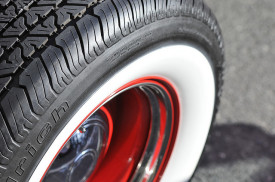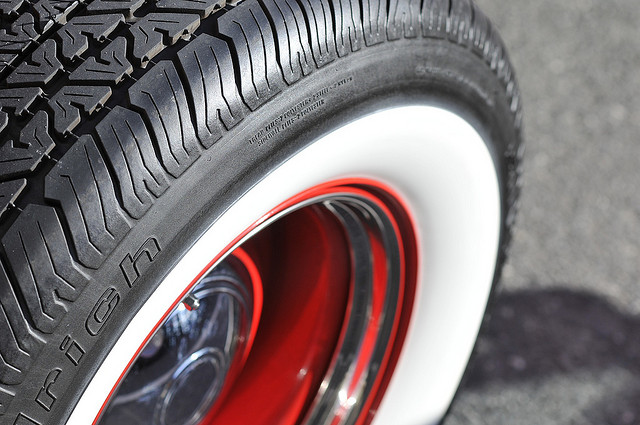
Little-known fact: for gas mileage, tires matter. New research from the University of Michigan’s Transportation Research Institute (summarized here) shows that tires with low “rolling resistance” boost gas mileage by up to 8.3 percent.
Over time, that can add up to substantial savings. According to the authors of the UMTRI study: “The difference in the cost of fuel consumed usingtires at the two extremes of rolling resistance is $147 per year.” And what’s especially good news here is that low rolling-resistance tires are cheap: the California Air Resources Board estimates that they cost between $0 and $50 per tire more than a typical tire—costs that are easily made up by the long-term fuel savings.
UMTRI’s findings aren’t that unusual. There are plenty of other studies over the years that have yielded very similar results. (See, e.g., here.) And as far as I know, there’s no evidence that low rolling resistance has any adverse impact on tire performance.
So why aren’t these tires ubiquitous?
My only relevant tire-buying experience comes from a few years back, when a tire salesman tried to tell me that tires have no bearing on fuel efficiency. Back in 2010, Consumer Reports noted that only one tire buyer in 50 pays attention to fuel efficiency when buying a tire. And it didn’t help that the US congress banned any federal rules that would have informed buyers about the efficiency impacts of their tire choices.
Still, that ban was reversed, and a federal consumer information rule is now in place. But I’d still wager that most people don’t really think too hard about fuel efficiency when buying new tires.
What we may have here, then, is a case in which giving people more information may not be helpful. Perhaps it’s simply a case of information overload: faced with a decision they make only once in a blue moon, and where there are dozens of choices and factors to consider, many consumers simply shut down, and use some simple heuristic—purchase price, or the recommendations of a salesperson, or brand reputation—when a more nuanced decision would yield a better result.
A behavioral economist of the world might say that consumers need a nudge to point them towards a smarter decision. But from what I’ve seen over the years—all the research into efficient tires, all the articles in the automotive press about money that consumers can save, and all the continued indifference by tire buyers—I’m less and less interested in giving a nudge to tire buyers, and far more intrigued by giving a shove to tire manufacturers.


Comments are closed.